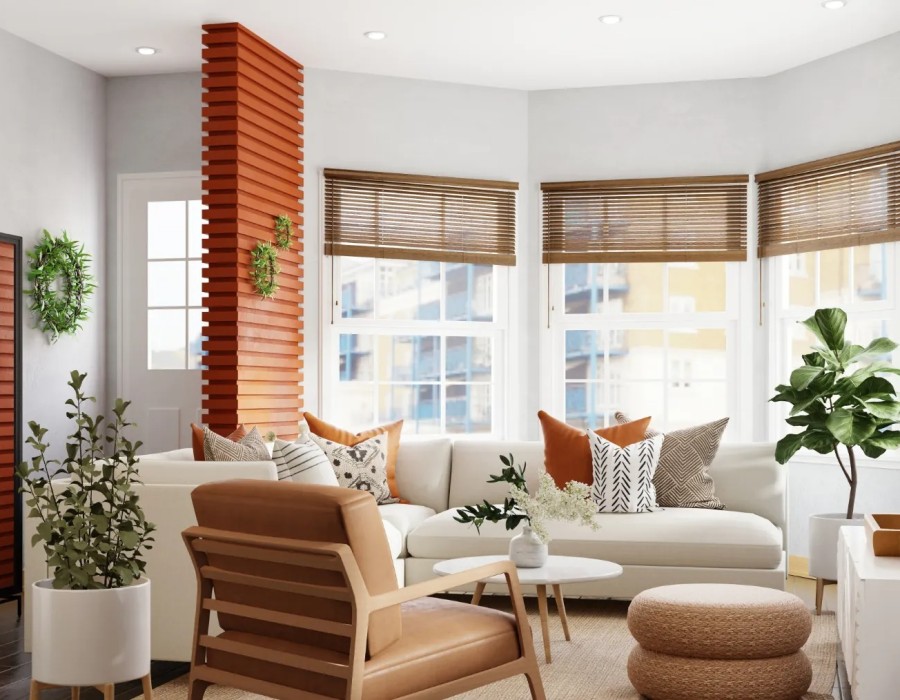Loft conversions have become a popular choice for homeowners looking to maximize their living space without the need to move. By transforming an underutilized attic into a functional room, you can add significant value to your property and create a space that serves your unique needs. Whether you're considering a new bedroom, a home office, or a playroom for the kids, a loft conversion offers endless possibilities. In this guide, we’ll explore the key benefits, types, and considerations of a loft conversion.
Why Choose a Loft Conversion?
One of the primary reasons homeowners opt for a loft conversion is to increase their property’s usable space. In many homes, the loft is an underutilized area, often used for storage or left entirely unused. By converting this space, you can effectively add an extra room to your home, which can be used in various ways depending on your needs.
Moreover, a loft conversion can significantly increase the value of your property. Real estate experts estimate that a well-executed loft conversion can add up to 20% to the value of your home. This makes it not just a practical solution for expanding your living space but also a sound investment for the future.
Types of Loft Conversions
When it comes to loft conversions, there are several types to choose from, each with its own set of benefits and limitations. The choice largely depends on your budget, the structure of your home, and what you intend to use the converted space for.
Dormer Loft Conversion: This is the most common type of loft conversion. A dormer is an extension of the existing roof, creating additional headroom and floor space. Dormer conversions are relatively simple to construct and can accommodate a variety of uses, from bedrooms to home offices.
Velux (Rooflight) Conversion: This type of conversion involves installing windows into the existing roofline without altering the structure of the roof. It’s the most cost-effective option and requires less construction work, but it may offer less space compared to other types of conversions.
Hip-to-Gable Conversion: Ideal for homes with a hipped roof, this type of conversion involves extending the roof by replacing the sloping side with a vertical wall (gable). This creates a larger, more spacious room and is often combined with a rear dormer for maximum space.
Mansard Conversion: This is the most complex and costly type of loft conversion. It involves altering the entire roof structure, adding a steeply sloped roof with windows. While it requires significant work, a mansard conversion offers the most space and can transform your loft into a large, luxurious living area.
Key Considerations
Before embarking on a loft conversion project, there are several important factors to consider:
Planning Permission and Building Regulations: While many loft conversions fall under permitted development rights and don’t require planning permission, it's essential to check with your local planning authority. Additionally, all loft conversions must comply with building regulations, ensuring the space is safe, structurally sound, and energy-efficient.
Cost: The cost of a loft conversion can vary widely depending on the type and scale of the project. It’s crucial to set a realistic budget and factor in potential additional costs, such as insulation, windows, and interior finishes.
Design and Functionality: Consider how you plan to use the converted space and design it accordingly. For example, if you’re creating a bedroom, think about storage solutions and lighting. If it’s a home office, ensure you have adequate electrical outlets and workspace.
Hiring Professionals: Loft conversions are complex projects that require the expertise of architects, builders, and possibly structural engineers. It's important to choose experienced professionals who can guide you through the process and deliver a high-quality result.
Conclusion
A loft conversion is an excellent way to maximize your living space, enhance your home’s value, and create a room tailored to your needs. With careful planning, consideration of the various types of conversions, and professional guidance, you can transform your loft into a beautiful, functional space that enhances your lifestyle. Whether you're looking for extra space for a growing family or a quiet retreat to work from home, a loft conversion offers a versatile solution that can be tailored to fit your unique requirements.





Comments